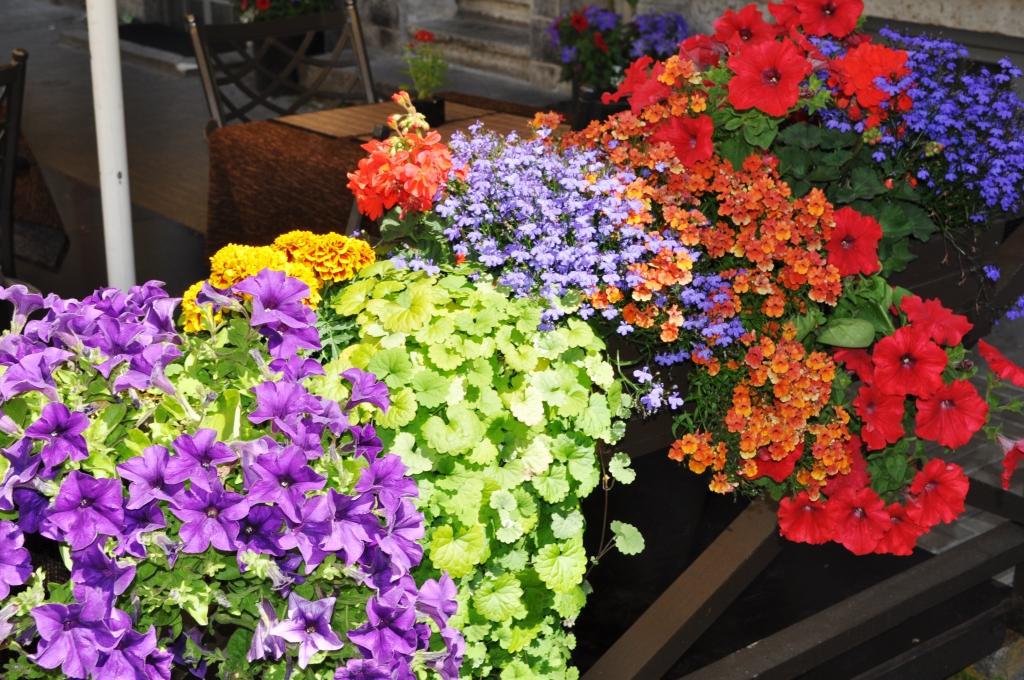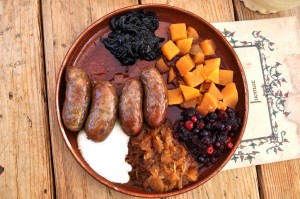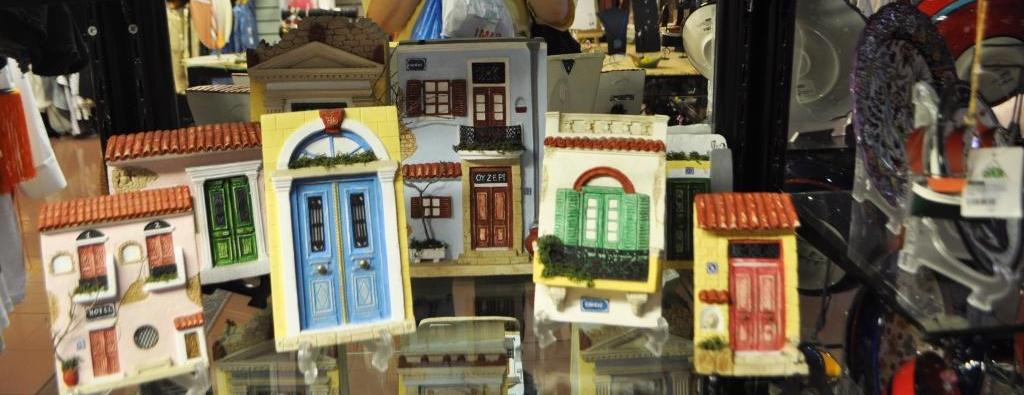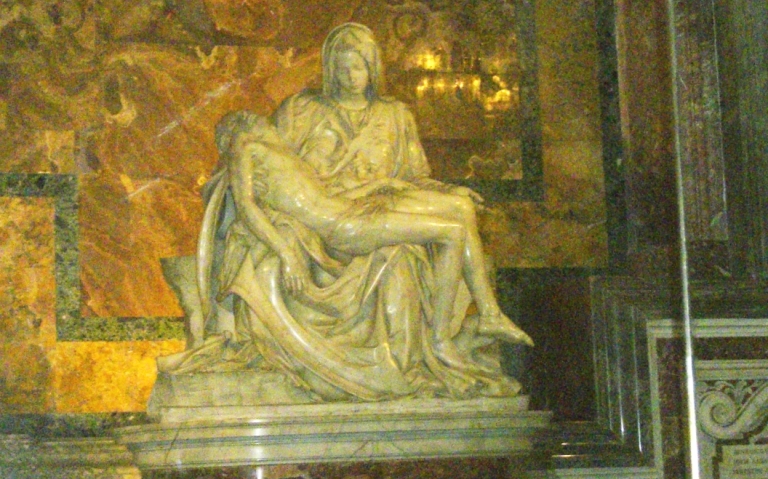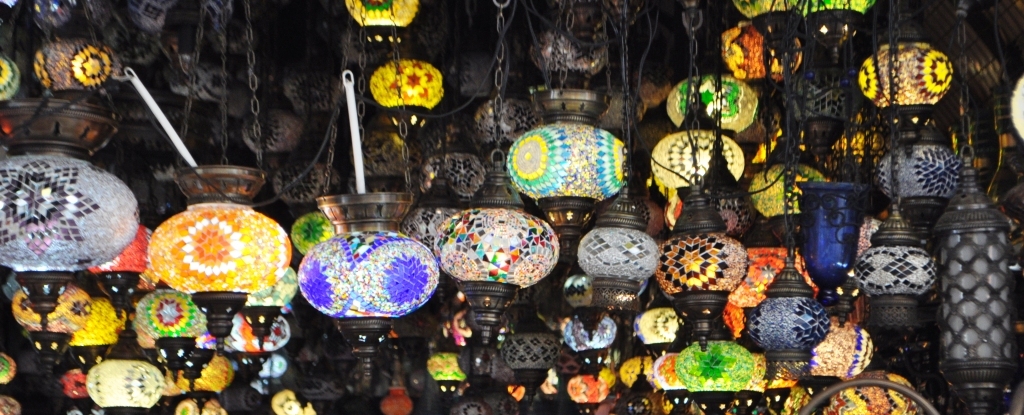When I was a child, I was given a family heirloom: a postcard album from great-grandparents who had fled Estonia in the late nineteenth century (something to do with my great-grandfather being a quartermaster, accounting irregularities, and the Czar’s army).
I can’t read the cramped script; I can’t even tell what language the notes are written in, but I used to pour over the old-fashioned hand-colored prints with their neat parks, their monuments, their churches and town halls that staidly stood guard over old European cities. In my postcards, women all wore long dresses, and men all wore hats and the streets were clean and orderly. There must have been a tourist business then: Some of the cards proclaim themselves to be souvenirs of Reval (the nineteenth century name for Talinn).
In Your Bucket Because…
- Tallinn is that rare medieval European capital whose old town survived most of the ravages of the 20th Century intact.
- Where else can you say “Eek!” when someone tells you the price of something, and what you said is, in fact, the name of the local currency?
- Good for history lovers and souvenir shoppers.

So I am walking, now, in Talinn’s old town — what was once called Reval — into the postcards of my childhood, and I can’t help but think that my great-grand parents wouldn’t have any trouble finding their way around a a town whose old quarters look very much unchanged from those postcards, sent so long ago.
Today, Tallinn comprises much more than just its old town: Its 400,000 people move between medieval churches and Soviet era concrete apartment blocks and glass and steel towers, interspersed with McDonald’s and coffeehouses with free high-speed Wifi. But it is the city my great-grandparents lived in that I want to see. It’s ridiculous, I know, but I find myself looking around, searching for people who look like me.
We start our walk on the hill of Toompea, heart of the old city, whose cobbled streets and alleys are home to houses that don’t look as though they’ve been changed since medieval times, past the Russian Orthodox Alexander Nevsky Cathedral and the quiet, modest Parliament Buildings.
The Heritage of Tallinn’s Hanseatic League
Below Toompea is the lower town, encircled by the remnants of the old city wall. Old-town Tallinn’s history is medieval, with a fortress dating to at least the eleventh century, but its current form began during thirteenth and fourteenth centuries. This was the era of Talinn’s membership in the Hanseatic League, the medieval trading organization that controlled so much of European commerce.
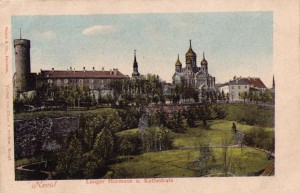
Tallinn is a UNESCO World Heritage site, but that doesn’t mean that change hasn’t come to it. Since Hanseatic times, Estonia has variously been under the control of Sweden and Russia, with a brief period of independence after World War I, followed by occupations by Russians, then Germans (during World War II), then Russians again, until its current status as an independent nation.
Easily accessible from Helsinki by ferry, Tallinn has become a popular day-trip destination for Finns, whose language is similar to Estonian (the two languages are similar to nothing else on earth, except for Hungarian; Finns and Estonains can understand each other; Hungarian is a more distant cousin). Estonia is cheap enough that Finns often pop over for shopping and lunch; it’s also a must-see on Baltic Sea cruises, and within walking distance of the piers, which makes it a good on-your-own destination. All of which means that the ancient buildings of the old town once again cater to an international trade, this time in souvenirs such as amber beads, sweaters, and hand-crafts including cast-iron hardware fit for a fortress (I bought a door-knocker), blown glass, and woodwork.
Town Hall Square and the Lower Town
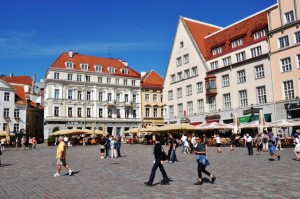
We used Old Town’s Town Hall Square as our navigation point: It’s about as perfect a European town square as you could hope to find, big enough to have once been used by jousting knights on horseback. Today, the square is filled with cafes, bars, and restaurants, with narrow streets and alleyways jutting off in all directions, most filled with pastel painted houses. You can get a good panormaic view of the Old Town if you climb the tower of the Old Town Hall (now a museum.)
Tipped off by a knowledgeable insider, we headed just off the square for lunch at Old Hansa, a restaurant that takes the local-food trend to whole new level: Old Hansa serves only local specialties that would have been available here in the fifteenth century. The menu featured boar and elk sausage, lamb, dried venison, game pie, forest mushrooms, lingonberry sauce, beets, squash, cabbage, and lentils. No potatoes. No tomatoes. No wine, but beer a-plenty, served in hearty wooden tankards: I had a herb-flavored brew that tasted like a savory dessert. I’m updating this post several years later the fact, and I still remember that meal: looking at the pictures, I want to go back.
I’m quite sure that the Old Hansa Restaurant didn’t exist here when my great-grandparents might have wandered the streets of Tallinn: The transformation of the old town into a tourist market is relatively recent. But the meal was a good one, resonating at the deep-down level of comfort food, and it occurs to me that my taste for these northern flavors may be the bequest of some ancestor who also liked boar sausage and lingonberries and dried elk and beets and cabbage.
Practicalities
Guided walking tours are highly recommended: Guides will point out interesting archtectural features, and you can ask about life under the Soviet regime — a persepctive you won’t get from a printed walking-tour guide.
- Walking tours can be booked at the tourist office near the Town Square.
- Most churches are open and tourable, and some host occasional concerts; check at the tourist office.
- If you’re looking for crafts, be sure to explore the Lühike jalg (“Short Leg Lane”).
- Watch for pick-pockets: As in many European hotspots, tourists are prime targets.
